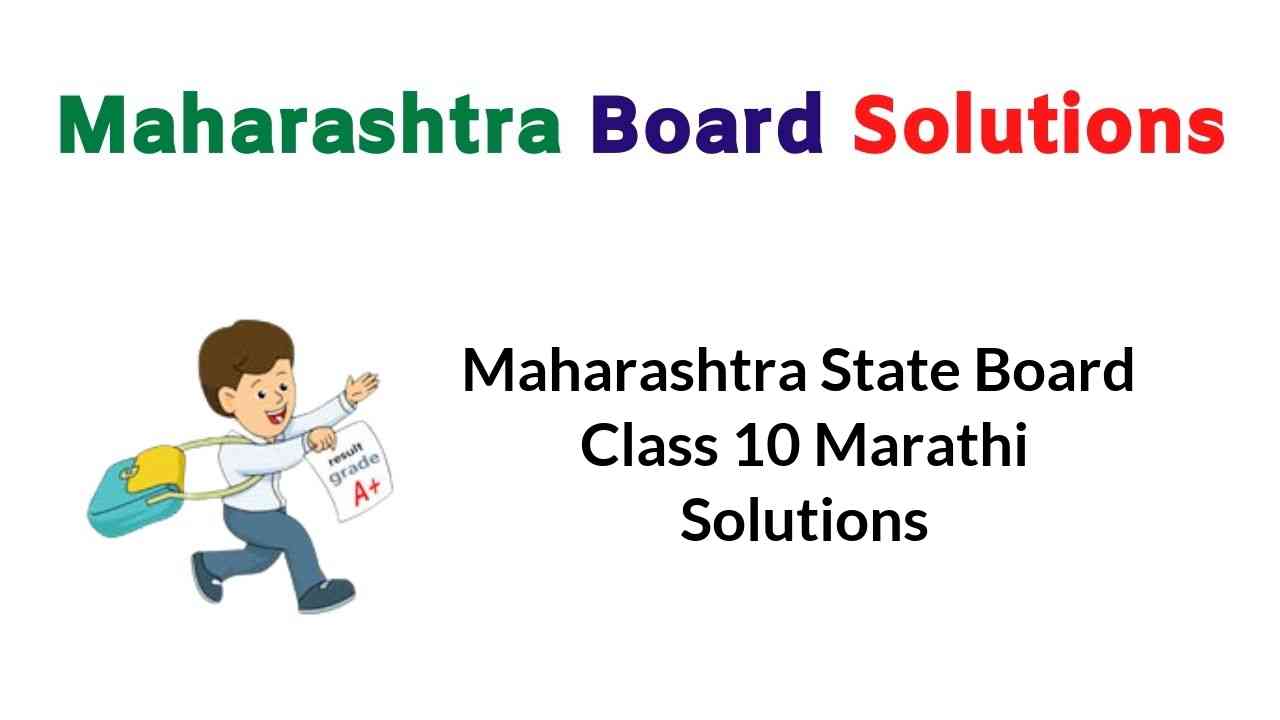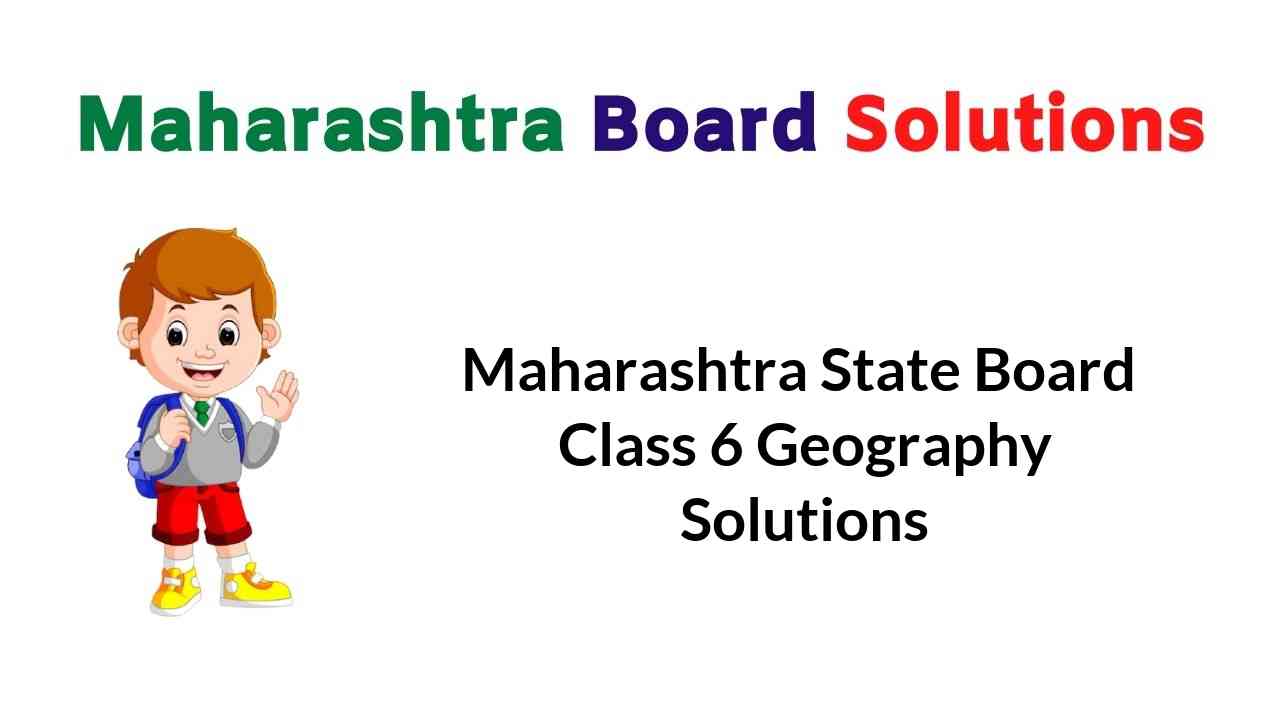Maharashtra State Board 10th Std Sanskrit Textbook Solutions
Maharashtra State Board Class 10th SSC Sanskrit Aamod Digest Std 10 Pdf Free Download and Anand Sanskrit Composite Digest Pdf Std 10.
Maharashtra State Board 10th Std Sanskrit Aamod Textbook Solutions
Maharashtra State Board Aamod Sanskrit Book 10th Class Pdf Download, Sanskrit Aamod Class 10 Textbook Solutions PDF Free Download.
Sanskrit Aamod Class 10 Textbook Solutions
- Chapter 1 आद्यकृषक: पृथुवैन्यः (गद्यम्)
- Chapter 2 व्यसने मित्रपरीक्षा (गद्यम्)
- Chapter 3 सूक्तिसुधा (पद्यम्) (कण्ठस्थीकरणार्थम्)
- Chapter 4 अमूल्यं कमलम् (गद्यम्)
- Chapter 5 स एव परमाणुः (संवादः)
- Chapter 6 युग्ममाला (पद्यम्) (कण्ठस्थीकरणार्थम्)
- Chapter 7 संस्कृतनाट्ययुग्मम् (संवादः) (सरलार्थलेखनार्थम्)
- Chapter 8 वाचनप्रशंसा (पद्यम्) (सरलार्थलेखनार्थम्)
- Chapter 9 धेनोर्व्याघ्रः पलायते (गद्यम्)
- Chapter 10 नदीसूक्तम् (संवादः) (सरलार्थलेखनार्थम्)
- Chapter 11 जटायुशौर्यम् (पद्यम्)
- Chapter 12 आदिशङ्कराचार्यः (गद्यम्)
- Chapter 13 चित्रकाव्यम् (पद्यम्) (कण्ठस्थीकरणार्थम्)
- Chapter 14 प्रतिपदं संस्कृतम् (संवादः)
- Chapter 15 मानवताधर्मः (पद्यम्) (सरलार्थलेखनार्थम्)
Maharashtra State Board 10th Std Sanskrit Anand Textbook Solutions
Maharashtra State Board 10th Standard Sanskrit Anand Digest Pdf, 10th Composite Sanskrit Digest Pdf download.
Anand Sanskrit Composite Digest Pdf Std 10
- Chapter 1 आद्यकृषक: पृथुवैन्यः (गद्यम्)
- Chapter 2 व्यसने मित्रपरीक्षा (गद्यम्)
- Chapter 3 सूक्तिसुधा (पद्यम्) (कण्ठस्थीकरणार्थम्)
- Chapter 4 स एव परमाणुः (संवादः)
- Chapter 5 युग्ममाला (पद्यम्) (कण्ठस्थीकरणार्थम्)
- Chapter 6 संस्कृतनाट्यस्तबकः (संवादः) (सरलार्थलेखनार्थम्)
- Chapter 7 वाचनप्रशंसा (पद्यम्) (सरलार्थलेखनार्थम्)
- Chapter 8 नदीसूक्तम् (संवादः) (सरलार्थलेखनार्थम्)
- Chapter 9 आदिशङ्कराचार्यः (गद्यम्)
- Chapter 10 चित्रकाव्यम् (पद्यम्) (कण्ठस्थीकरणार्थम्)
- Chapter 11 मानवताधर्मः (पद्यम्) (सरलार्थलेखनार्थम्)
Maharashtra State Board Class 10 Textbook Solutions








